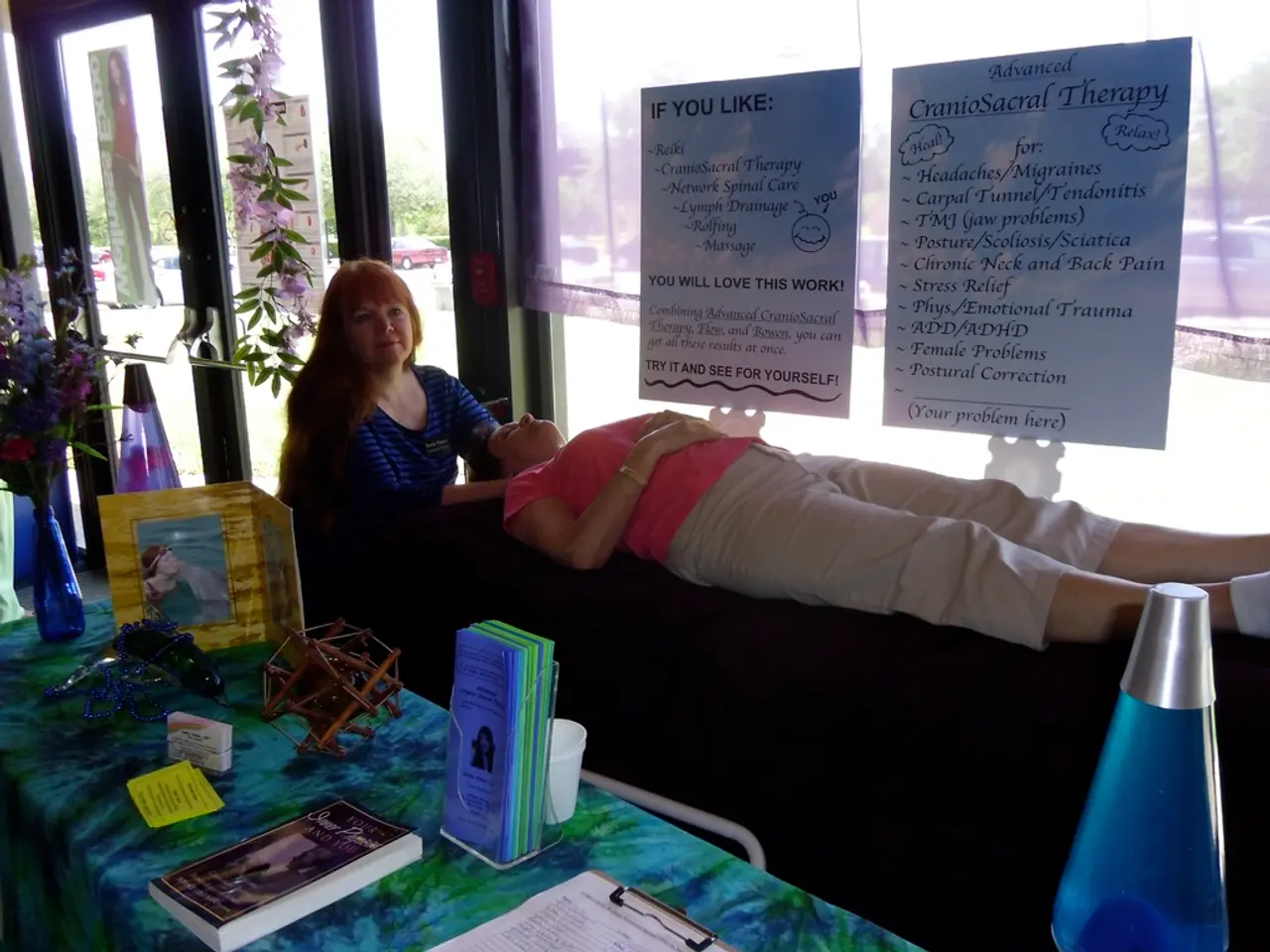Functioning and Modifying Human Memory: Understanding and Altering Its Mechanisms
Unlocking the Secrets of Memory: A Journey into the Brain's Dynamic Landscape
Memory, a fundamental aspect of our existence, is a complex process that shapes our understanding of the world. Recent research sheds light on the intricate mechanisms behind memory creation, modification, and consolidation, offering valuable insights into learning, cognitive health, and even the treatment of memory-related disorders.
The Building Blocks of Memory
The brain's primary tool for memory creation and modification is found in the hippocampus, a key region for learning and memory. This process involves neurogenesis, synaptic plasticity, emotional processing, memory replay, and sleep-dependent consolidation.
- Neurogenesis: New neurons continue to form in the adult hippocampus, a phenomenon that supports ongoing memory function and brain adaptability.
- Memory encoding and replay: Emotional memories are encoded with specific rhythmic brain patterns, later reactivated in the hippocampus during memory retrieval, strengthening memory traces.
- Memory reconsolidation and reactivation: Brief reactivation of memories triggers reconsolidation processes, allowing memories to be updated, strengthened, or generalized beyond the original context.
- Synaptic homeostasis and sleep: Sleep plays a crucial role in consolidating memories by reactivating and sorting relevant information and restoring the brain's encoding capacity.
Practical Applications
These insights offer promising avenues for enhancing memory performance and behavioural adaptation.
- Physical exercise interventions: High-intensity interval training (HIIT) before sleep can boost brain plasticity and memory consolidation during sleep, improving episodic and motor memory.
- Behavioral manipulations involving memory reactivation: Purposeful brief re-exposure to learned information or skills can reactivate memory traces, promoting reconsolidation and generalization of learning.
- Targeted emotional memory interventions: By modulating amyggala-hippocampus interactions, therapeutic approaches may be developed for conditions like PTSD and anxiety.
- Supporting adult neurogenesis: Lifestyle interventions or pharmacological strategies that promote hippocampal neurogenesis might maintain or restore cognitive flexibility and memory capabilities with aging.
Documenting Positive Experiences
A simple yet powerful practice is to document positive experiences. Regularly writing down positive memories and experiences, including details about how these experiences made you feel and what you learned, can help reinforce good memories and diminish the impact of negative ones.
Memory Reconsolidation: A Tool for Change
Memory reconsolidation can be harnessed to temporarily destabilize a memory, allowing for alterations. To apply this, recall the memory in a safe and calm environment, introduce new, positive information or feelings, and allow the brain to integrate this new information before the memory settles back into long-term storage.
Cognitive Behavioral Therapy: A Pathway to Change
Cognitive Behavioral Therapy (CBT) is a therapeutic approach that helps individuals change their thought patterns and behaviours, and can be used to alter distressing memories. To engage in CBT, find a qualified therapist who specializes in CBT, work with your therapist to identify specific memories that cause distress, and develop strategies to reframe these memories and reduce their emotional impact.
In conclusion, memories are a product of dynamic neural processes that are continually evolving and adapting. Understanding these processes offers opportunities to boost learning, treat memory-related disorders, and promote cognitive health across the lifespan. By leveraging the insights gained from research, we can harness the power of memory to shape our lives in positive ways.
[1] Dupret, D., & Gage, F. H. (2019). Stem cells and neurogenesis in health and disease: A review of the evidence for therapeutic potential. Neuropharmacology, 143, 1-14.
[2] Diekelmann, S., & Born, J. (2010). The memory functions of sleep. Nature Reviews Neuroscience, 11(4), 234-243.
[3] LeDoux, J. E. (2000). Synaptic plasticity and emotional memory. Trends in Neurosciences, 23(10), 484-489.
[4] Nader, K., Schafe, G. E., & Le Doux, J. E. (2000). Fear memories require the reconsolidation of their representations in the amygdala. Science, 288(5466), 773-776.
- The insights gained from research on memory mechanisms can potentially lead to improved mental health and wellness, as they provide avenues for developing therapeuties and treatments.
- Memory reconsolidation, synaptic plasticity, and targeted emotional memory interventions are some areas where science can contribute to health-and-wellness, especially in managing conditions like PTSD and anxiety.




